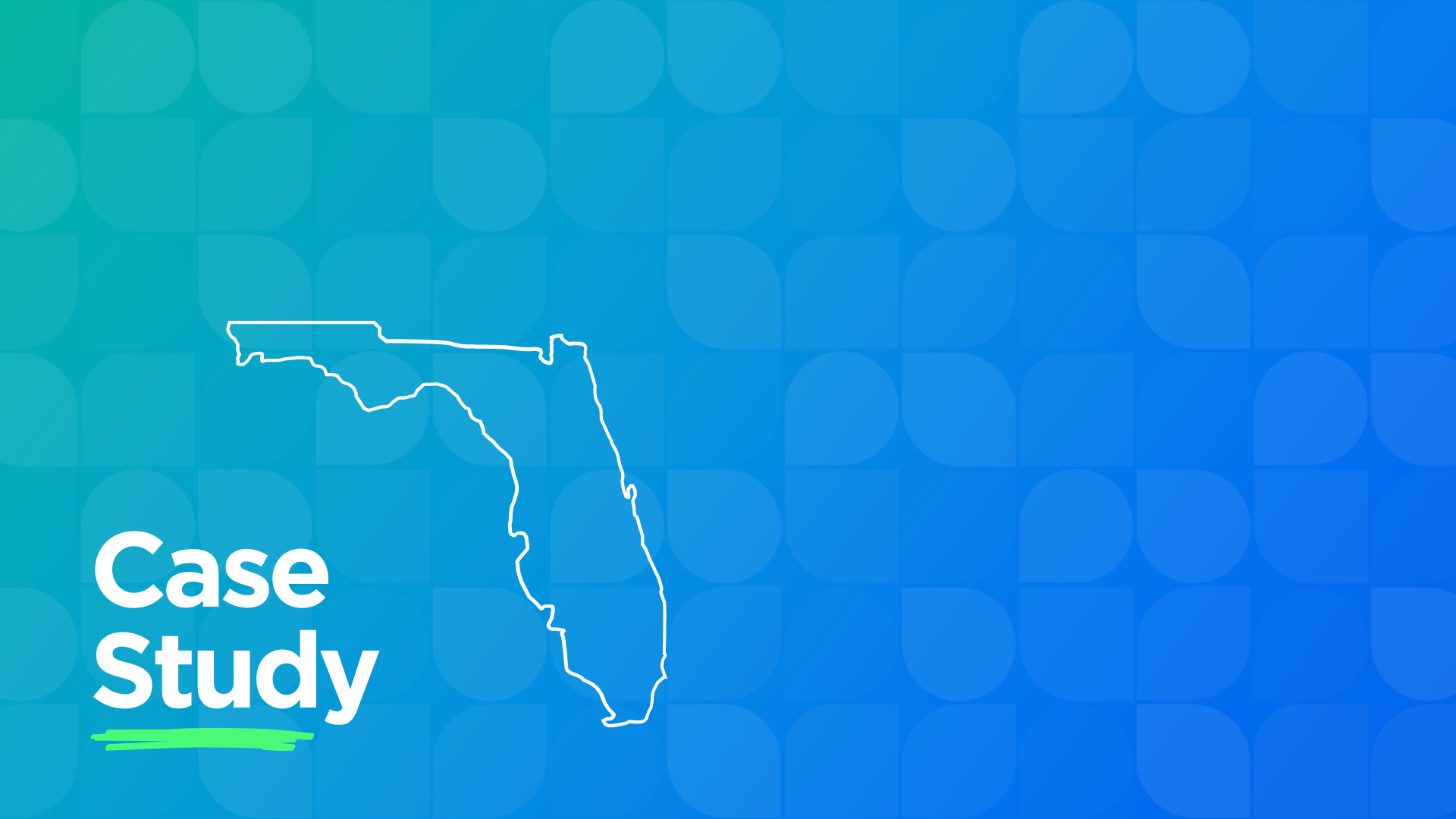5 Ways Smart Schools Use Behavior Data to Drive Student Performance
The smartest schools use data to make smart decisions. Here are five tips for using student behavior data to drive student success.
What has data ever done for you? Do you have paper files piling up on your desk — or Excel spreadsheets monopolizing your hard drive space?
With so much data and so little time to crunch it, maybe the most consistent thing data has done for you is give you a headache.
But it doesn’t have to be that way!
Although the sheer amount of data available can be daunting, once you wrangle it, data can drastically transform your school, helping you make qualitative improvements based on quantitative information and making smart schools even smarter.
1. Transparency
Let’s consider a practical example from a public school we’ll call Sunrise Academy (no relation to any real school with that name).
Sunrise Academy has a “no cell phone” policy. Each time a student uses their phone improperly at school, that behavior is recorded.
When Sunrise Academy recently called Sarah’s mom, Jean, to inform Jean that Sarah had violated the policy several times, Jean claimed this was the first she’d heard of an issue with cell phones at school.

However, because Sunrise Academy tracks and logs student behaviors, Sarah’s teacher was then able to communicate to Jean the exact number of Sarah’s cell phone offenses — and detail when these offenses occurred.
Likewise, with a system that tracks this data, school principals and other administrators can check to see whether teachers have reached out to parents when a situation arises. In this case, Principal Kelly of Sunrise Academy could verify each date Sarah’s teacher reached out to Jean (or other parents and guardians).
Or take another scenario, one that demonstrates how data transparency can empower students:
Every Monday, each student at Sunrise Academy receives a progress report with a full breakdown of their performance from the previous week. This report details their current attendance, academic, and behavioral status.
Over time, students at Sunrise Academy come to rely on their weekly progress reports. Teachers find that students become increasingly invested in their academic progress when they are given the opportunity to engage with the results of that progress.
Access to this information enables Sunrise Academy’s students to proactively address items in their report. Taking the initiative to then talk to teachers about their progress helps students develop the soft skills they will need to succeed in college and in the workforce.
Hard data provides benefits for all of your educational stakeholders. For example:
- Students gain instant awareness of their academic progress. They can also be updated regularly about their behavioral trends. One incident away from a detention? That information is readily available. Students become acutely aware of the impact of their actions. There are consequences for negative behavior and praise for positive behavior and good grades.
- Families receive an in-depth look into their child’s education. Data takes all the guesswork out of whether their child skipped school, missed an assignment, or acted out in class. Parents also know when their child reaches an academic milestone or succeeds outside the classroom.
- Teachers can immediately discern trouble areas for students and work to correct them before those at risk fall too far behind. The ability to communicate these issues and successes with students, parents, and administrators builds rapport and trust within the school community.
- Administrators can see the performance of both their students and staff in real time. This makes it easier to engage the broader school community in a constructive manner and cement trust between schools and families.
2. Culture
Numbers don’t create culture. If they did, hair salons would be run by math books.
People create culture.
Understanding how and why people make decisions improves the relationships within your school’s community.
For example, Sunrise Academy initiated an overhaul of their school culture at the same time they started to embrace the data-informed education approach.
Data has helped Sunrise Academy understand the effectiveness of their new programs and adjust them as necessary. Before the school embraced data, only students having behavioral or academic trouble would receive feedback.

When Sunrise Academy began tracking everything digitally, they noticed that students who earned good grades and behaved at school did not receive the same amount of feedback.
This led to a culture change where teachers ensured that every student received comments on their progress reports. Teachers got into the habit of documenting positive behaviors just as much as negative ones, creating stronger relationships with their students.
3. Efficiency
Most people — perhaps teachers more than anyone else — are unfortunately familiar with the concept of doing more work with less time. What that generally translates to is one person doing the work of two or three people.
What looks like efficiency to some is cruelty to the person who’s overburdened. And the solution is in data.
Data empowers administrators and teachers to spend more of their time on instruction. While software crunches numbers, teachers are free to focus on building trust in the community, developing school culture, and adapting their lesson plans to meet the needs of their students.

Many schools already recognize the value of incorporating data into education decision-making, but the zeal for data often creates an avalanche.
Organizing that data and generating specific actionable intelligence is difficult — especially when the data lives across a variety of different mediums. The result is that teachers must spend a huge chunk of time wrestling with papers, spreadsheets, and disparate collections of databases when they should be acting on that data instead.
Moving to a central data system provides faculty, staff, and administration with a holistic view of students at a global level. It also gives you consistent documentation.
4. Access
Your data should give you the information you want when you need it. You should be able to generate reports that are accurate and updated on the fly.
Presenting student data to parents and students alike is easy when you have the right software at your disposal. Providing this type of access reinforces your school’s commitment to transparency and accountability.
Non-faculty staff members also benefit from access to student data. Take your school nurse, for example. Say you have a policy that students who vomit at school must wait 24 hours before returning to school. Your school’s nurse can record that incident in the centralized data system, and teachers will know not to expect the student the next day.
Say you have a policy that students who vomit at school must wait 24 hours before returning to school. Your school’s nurse can record that incident in the centralized data system, and teachers will know not to expect the student the next day.
Or if a student is suddenly ill every Tuesday at 1:00 p.m. — when they should be in gym class — the nurse can see that information and relay it to the student’s teachers so they can get to the root of the issue.
Is the student truly sick every Tuesday before gym, or is the student trying to skip gym on Tuesdays for some reason? With behavior data for students, it’s easy to identify behavior trends through tracking and then apply the appropriate intervention.
5. Action
There is no need to rely on gut feeling, intuition, or spidey-sense when you know exactly where your strengths are and how you can leverage those strengths.
Data generates actionable intelligence.
Thousands of schools rely on Schoolrunner by SchoolMint to provide tools that keep them informed of student behavior and trends.
Schoolrunner brings all of your data into one place, crunches the numbers, and presents the data to you in the way you want to see it. All of your current information systems can be piped into Schoolrunner, so the task that took you five hours to put together last week will take only minutes with Schoolrunner.
For example, Schoolrunner can help teachers determine whether their Pre-K students are ready for Kindergarten.

When it comes time for Brigance Testing, teachers record student results and then identify the domains with the largest gaps. Say a school shows that 72% of those in the Pre-K class scored successfully in language development, but just over 50% were on track in gross motor skill development.
With this information, your Pre-K teachers can place greater emphasis on gross motor skills before the school year ends and establish a summer work plan for each child to ensure that they are prepared for Kindergarten in the fall.
The ability to take informed action exists at every grade level.
From screening four-year-olds in Pre-K to helping you get your students to the finish line of graduation, Schoolrunner gives you whatever information you want at the click of a button.
Or at the tap of a screen. Schoolrunner even has a mobile app so that teachers can record information in the hallways, at recess, or at any other location on campus.
Need to call a student’s parents? Their phone number is right in the student’s profile and can be accessed in no time at all. The app even prompts users to document the call after it’s finished while the information is still fresh.
To learn more about using Schoolrunner by SchoolMint for turning student behavior data into actionable insights, click here.
Share this
You May Also Like
These Related Stories

Cicero School District 99: Using Dynamic Data to Transform Decision-Making

Data-Driven Decision Making: Leveraging Behavior Analytics to Improve School Outcomes


